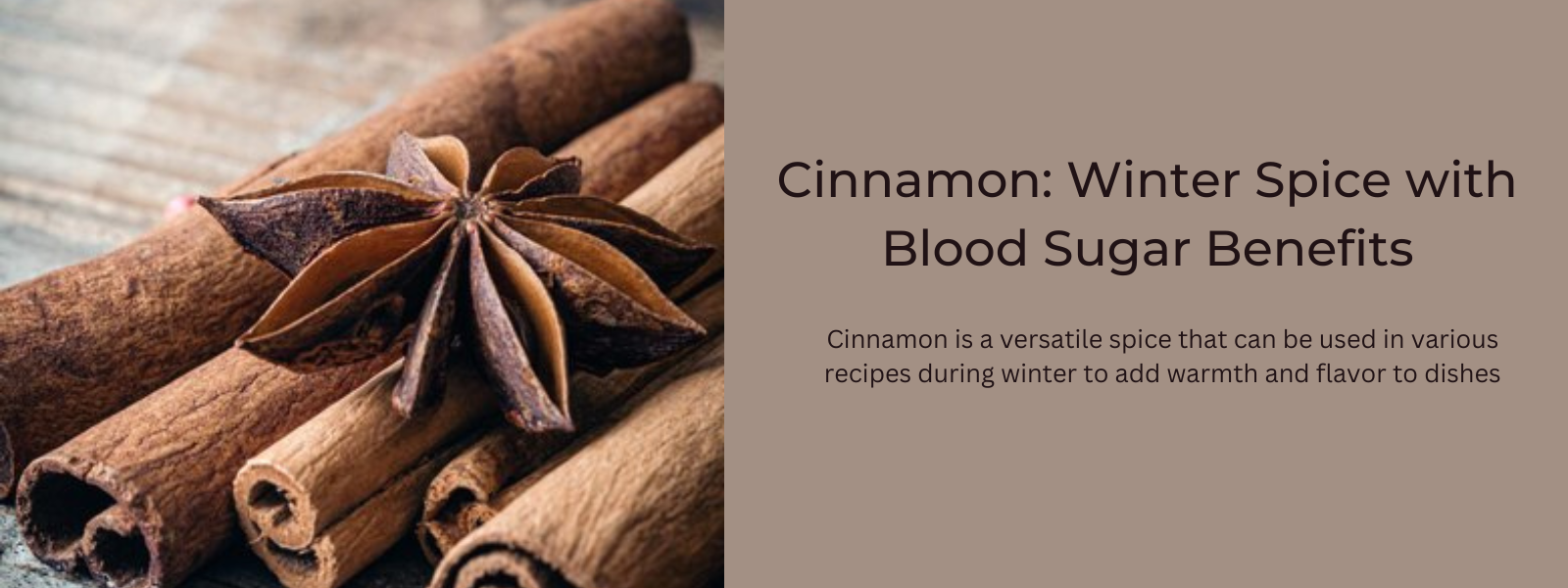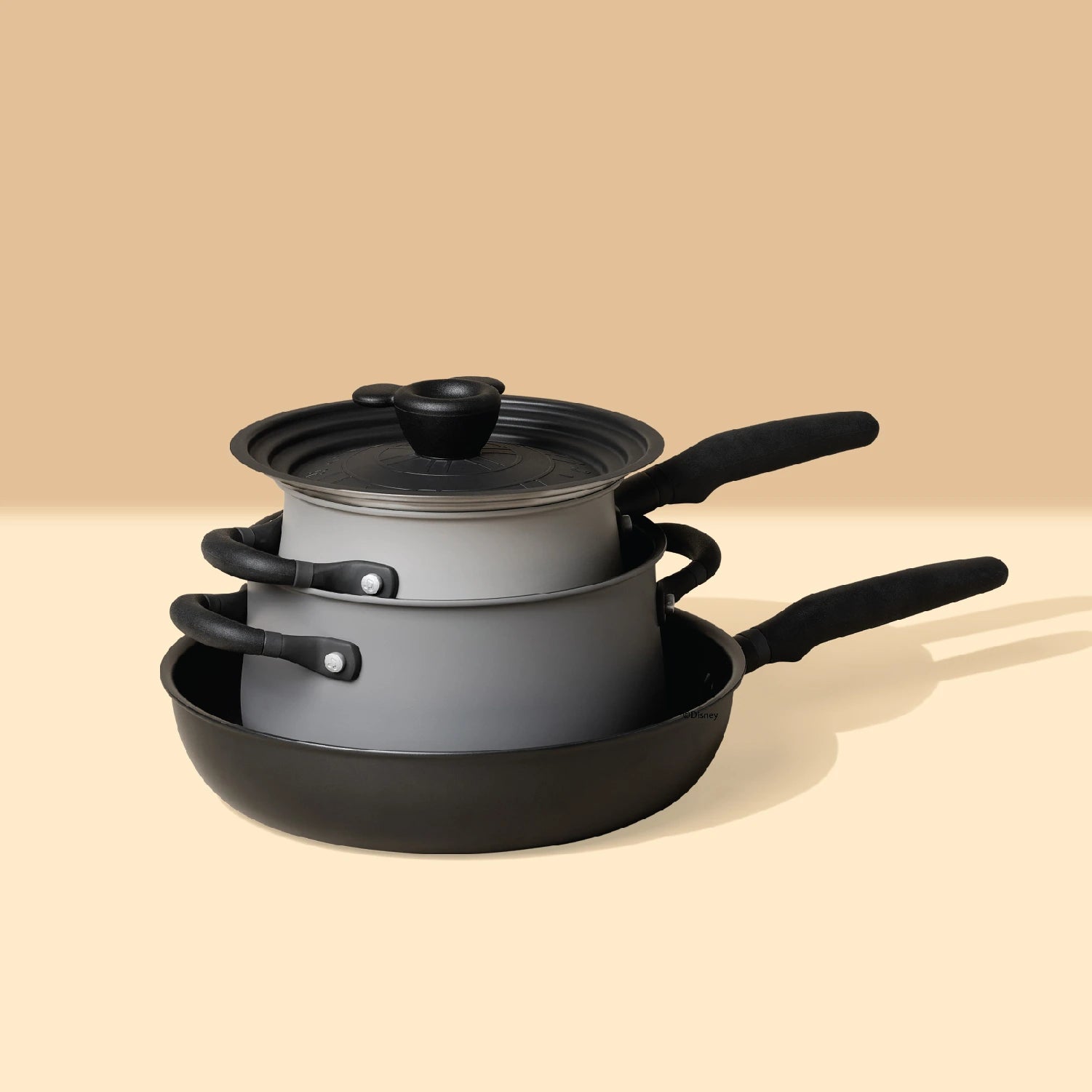Beetroot, a versatile winter vegetable, holds promise as a natural aid for blood pressure control due to its high nitrate content. These nitrates are converted into nitric oxide within the body, a compound known for its vasodilatory effects, relaxing and widening blood vessels. By promoting improved blood flow and potentially reducing resistance in the blood vessels, beetroot consumption may aid in modestly lowering blood pressure, particularly systolic blood pressure. Additionally, beetroot is a powerhouse of essential nutrients like vitamins (such as vitamin C and folate) and minerals (like potassium and magnesium), contributing to overall cardiovascular health.
Table of Contents
What Is Beetroot?
Beetroot, often referred to simply as "beet," is a root vegetable known for its deep red color and earthy flavor. It's considered a winter vegetable and boasts several health benefits, including potential advantages for blood pressure control.
The key element in beetroot that contributes to its blood pressure-regulating properties is nitrate. When consumed, nitrate from beetroot gets converted into nitric oxide within the body. Nitric oxide is known to relax and dilate blood vessels, potentially aiding in lowering blood pressure levels.
Beetroot As Winter Vegetable for Blood Pressure Control:
Beetroot, commonly recognized for its vibrant color and earthy flavor, offers numerous health benefits, particularly concerning blood pressure control:
- Rich in Nitrates: Beetroot is naturally high in nitrates, compounds that convert into nitric oxide in the body. Nitric oxide helps dilate blood vessels, promoting improved blood flow and potentially aiding in reducing blood pressure.
- Potential Blood Pressure Regulation: Studies suggest that regular consumption of beetroot or beetroot juice may contribute to a modest reduction in blood pressure, particularly systolic blood pressure. The nitrate content in beetroot is thought to play a role in enhancing cardiovascular health and supporting healthy blood pressure levels.
- High in Essential Nutrients: Beetroot is a nutritional powerhouse, containing essential vitamins (like vitamin C and folate), minerals (such as potassium and magnesium), and dietary fiber. These nutrients collectively contribute to overall heart health and may have a positive impact on blood pressure regulation.
- Antioxidant Properties: Beetroot contains antioxidants, including betalains and other phytonutrients, which help combat oxidative stress and inflammation in the body. Reducing oxidative stress can indirectly contribute to maintaining healthy blood pressure.
Uses Of Beetroot To Control Blood Pressure:
Beetroot, a nutrient-rich vegetable, is often attributed to potential blood pressure-regulating properties due to its high nitrate content. Here are various ways to include beetroot in your diet to potentially aid in blood pressure control:
- Raw Consumption: Eating raw beetroot in salads or as a standalone snack allows you to benefit from its nutrients, including nitrates. You can grate or thinly slice it to include in salads, or blend it into smoothies or juices.
- Juicing: Beetroot juice is a popular way to consume this vegetable. Freshly made beetroot juice, either on its own or mixed with other fruits and vegetables, provides a concentrated source of nitrates. However, juicing removes some fiber, so it's essential to balance it with whole fruits and vegetables in your diet.
- Cooked or Roasted Beetroot: Cooking or roasting beetroot preserves its nutritional value while offering a different taste profile. Roasted beetroot can be served as a side dish or included in various recipes like soups, stews, or as a topping for pizzas or salads.
- Beetroot Soup: Making homemade beetroot soup by blending cooked beetroots with other vegetables and herbs is another flavorful way to consume this vegetable.










Leave a comment